Ever since we were kids, Diana and I have been interested in the National Aeronautics and Space Administration, otherwise known as NASA. We’ve been to Kennedy Space Center numerous times, and have watched the shuttle Columbia launch from Titusville along with several SpaceX launches from Melbourne Beach. We also saw Columbia land piggyback on a 747 at Kelly AFB in San Antonio, and heard its twin sonic booms at Disney World as it came into Kennedy on approach. We’ve seen many moon rocks and crew capsules around the country, but….
…we had never been to Huntsville, Alabama and the U.S. Space and Rocket Center, better known as Space Camp! Oh, man…had this been here when I was a kid, I would have bugged the heck out of my parents to send me. 😊 We actually weren’t here for Space Camp itself, but to see the artifacts they have from the space program and to take a tour of the Marshall Space Flight Center…the place where Werner von Braun and a team of NASA scientists developed the moon rocket. We camped two nights right at the center in their RV park, which was a bargain at $18 a night for full hookups!
Upon entering the main museum building, we saw this interesting graphic. It compared what human history would look like if it were put on a year long cosmic calendar…with the beginning of the universe being at 12:01 AM on January 1st.
Recorded human history has all occurred in the last 14 seconds, according to this display. Talk about putting things in perspective!
Before we entered the mockup of the Space Station, Diana decided to pose with Astronaut Scott Kelly.
After spending a year in space, Scott was feeling a bit flat. 😉
The mockup of the International Space Station was really cool, as it showed experiments, crew quarters, exercise equipment and the toilet. We were surprised that the crew members are required to exercise 2-1/2 hours a day to prevent muscle atrophy! The other items in the main museum were hands on and mostly aimed at kids, so we buzzed through it fairly quickly.
Two of the displays outside were very impressive. The first is a mockup of a complete Space Shuttle stack….the only one in existence in the world! The main tank and the solid rocket boosters are the real deal, but the orbiter is a mockup used in testing when the shuttle program started.
It’s amazing how big it is! The other thing we had never seen was a vertical Saturn V rocket, the one used to send astronauts to the moon. That’s the rocket in the first photo of this post. It’s a full scale model, standing at over 360 feet tall.
Better plug my ears, just in case they decide to light this thing up!
The other museum building on the grounds is the Davidson Center for Space Exploration, which has an actual Saturn V on its side, similar to the one at Kennedy Space Center in Florida.
Our guide, Kiri, took us step-by-step, explaining the rocket. She also showed us many of the other displays in the building, including…
…Ed White’s umbilical, maneuvering unit and helmet from the first American spacewalk in 1965.
I actually remember when he did that! Unfortunately White, Gus Grissom, and Grand Rapids native Roger Chaffee were killed in a preflight test when their Apollo I capsule caught on fire less than two years later.
The museum also had the Apollo 16 capsule, a chunk of Skylab that was recovered in Australia, and one of the biggest moon rocks we’d seen yet.
Diana also found herself a rocket scientist! Lt. Col. Otha ‘Skeet’ Vaughan was involved with the development of the Saturn V, the lunar rover, and several experiments that were flown on the Skylab and shuttle missions. He began his Air Force career in 1951, started with NASA the day it was founded in 1960, and he is still a civilian pilot today. He actually worked under Werner von Braun, which we thought was pretty darned cool! Listening to him talk about those early days when they all were fresh out of college and didn’t know what they were doing was fascinating. One of the early rockets was destroyed by fuel oscillation; in other words, the fuel was sloshing around in the tank. One of the engineers discovered that if they floated empty beer cans on top of the fuel, it would dampen the oscillation. They tried it on the next flight and it worked! 😊
The last thing we did was to take a bus tour of the Marshall Space Flight Center and the Redstone Arsenal, which is named after the red clay that the base is built on.
This is the stand that they used to test the Redstone rocket; the type that Alan Shepard was launched on to become the first American in space. The ‘386’ is a scoreboard of sorts, as they would change it after each test to show the number of engine firings they conducted there.
The stand where they tested the first stage of the Saturn V is pictured above. When they first fired it, they expected to have some windows in Huntsville shatter, so they warned residents of the possibility. What they didn’t account for was the cloud cover that day, which allowed the sound to travel the 100 or so miles to Birmingham and break windows there! It also scared the hundreds of skunks in the vicinity, causing them to stink up the area for some time afterwards. 🙂 It was one of the loudest man-made sounds ever, coming in second to a thermonuclear bomb.
Perhaps the coolest place we saw on the tour was the International Space Station Payload Operations Center.
All of the space stations’ U.S., European, Japanese and Canadian experiments are conducted through this center. These people are in constant communication with the ISS, monitoring each experiment, as well as the crew. The large display on the wall in front of them showed multiple feeds, including live views from both inside and outside the station. I checked my ISS Spotter app on my phone and the tracking feature was spot on with the live map on the wall. 😊
We really enjoyed our time at the NASA facilities in Huntsville! Of special note: the bus tour of the Marshall Space Flight Center is open to U.S. citizens only. It is also an additional $20 per person, over and above the museum entrance fee. We wanted to let folks know that before they make a trip to the facility. The museums do not carry the citizenship restriction.
When we visited the Museum of the Rockies we purchased an annual membership in ASTC (Association of Science Technology Centers). This covered our admission fee, so we visited the day we arrived as well as the following day.
Thanks for exploring the U.S. Space and Rocket Center with us! Be sure to stay tuned to see what vistas we find on our next adventure!
———-
Follow NASA, including live feeds from the ISS by downloading your free NASA app HERE!
———-
explorRVistas is a participant in the Amazon Services LLC Associates Program, an affiliate advertising program designed to provide a means for sites to earn advertising fees by advertising annd linking to Amazon .com. Shopping through our link does not add anything to your cost, but it does help support this blog. Thank you for shopping through exploRVistas!



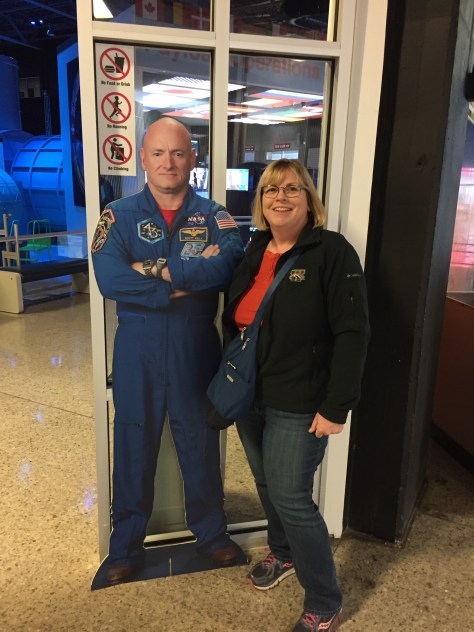
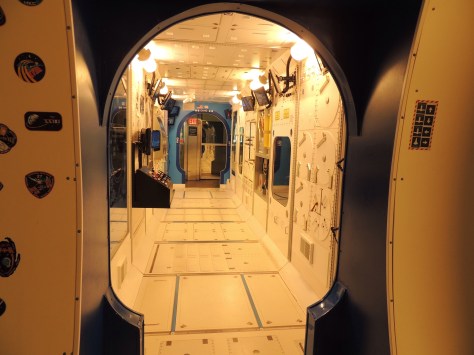
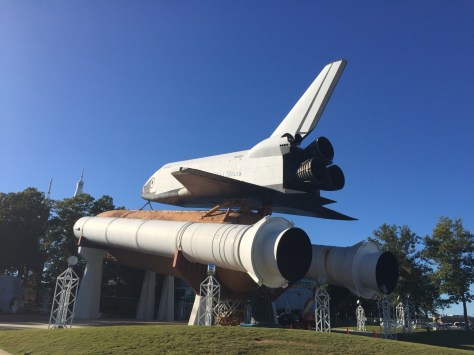

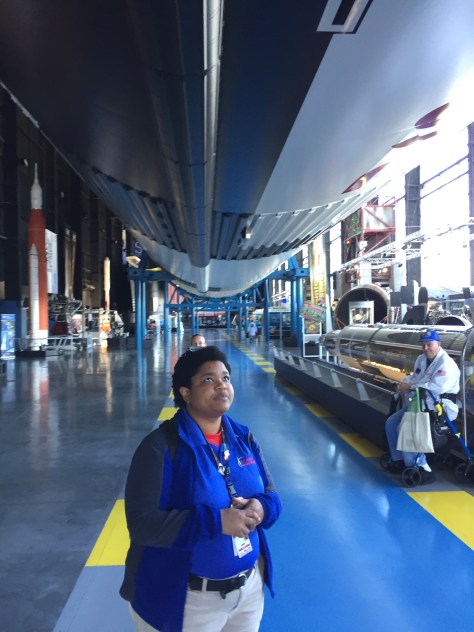

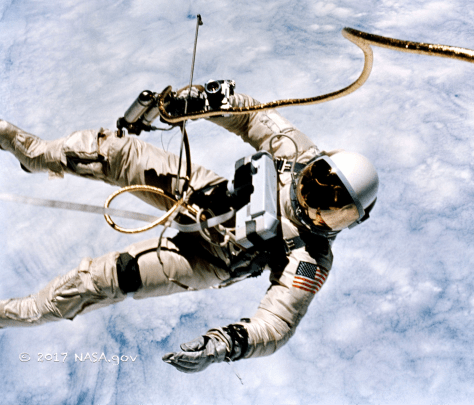
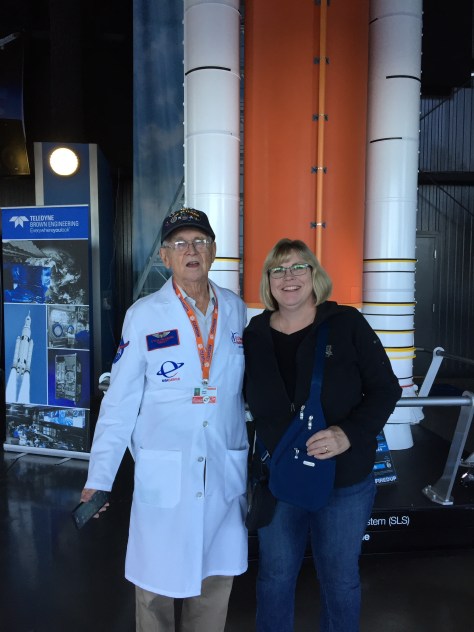
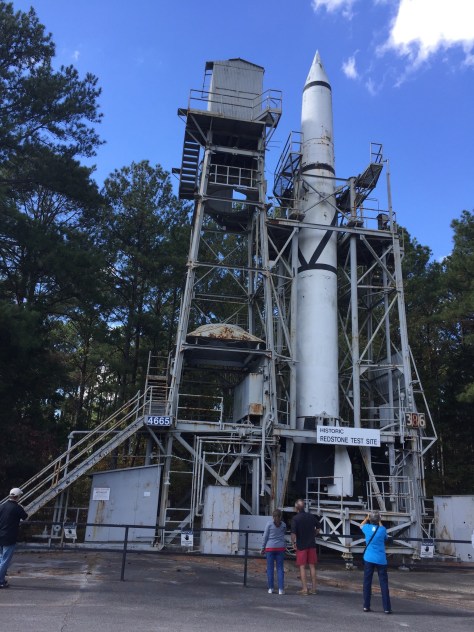
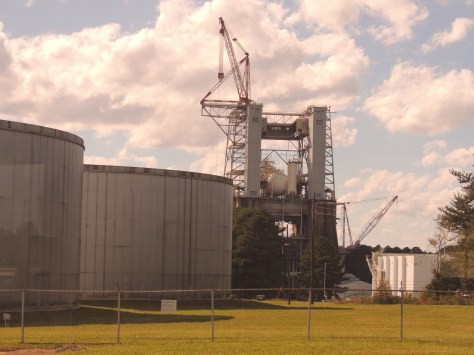
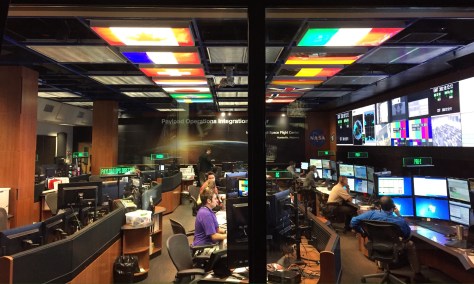
What a fascinating place. We toured Kennedy in 2011 and were hoping to see the last launch of the shuttle but it was continually delayed. It must have been an awesome sight to see those launches. Thanks for the tour!
LikeLiked by 1 person
They are going to start launching the SLS in 2019, so get that NASA app and watch for it. That will be more powerful than the shuttles, so you’ll definitely want to check that out!
LikeLike
Our son went to Space Camp when he was in the middle school. He and a friend flew down and then, we flew down to attend graduation, tour the facility, and pick the boys up. The boys had an unforgettable week. It was an awesome place way back then. I can only imagine how much it has changed in the last 28 years! Thanks for the more up to date tour:) Question…why do they only allow US citizens on the Marshall Space Flight Tour? I was surprised to read that.
LikeLiked by 1 person
Here’s the official scoop on it, Pam: “The tour has to enter a federal installation. While on the installation, foreign nationals are required to be under escort of an appropriately badged employee. NASA can’t provide the daily escorts, thus no foreign nationals are allowed on the tours.” We did have to pass through a security checkpoint, and our tour guide had to scan us through each building we entered. Many of the buildings are Army and FBI facilities, so I’m sure they want to keep a lid on things. Interestingly enough, you also have to be a US citizen to work in at payload center…even though you are conducting experiments for those other countries.
LikeLiked by 1 person
Very interesting! Thanks for the explanation, Jim!
LikeLiked by 1 person
I loved that place. We took the Space Camp brochure home to the kids.
LikeLiked by 1 person
That’s really cool, Bonnie! It’s neat that some of the graduates of the program became astronauts!
LikeLike
Oh man we would love this place!! Flat after time in space :-))))) tadumdum! Those rockets are crazy big. I can’t imagine being strapped to one or more and shot into space – what a ride!! Too funny about the skunks 🙂
LikeLiked by 1 person
I am amazed how tight the capsules are, Jodee! The space station is not too bad, though.
LikeLike
Just caught up with you guys! Looks like a lot of fun after leaving KY! It was great seeing you and hope we can catch up in FL!
LikeLiked by 1 person
Sounds great, Kelly! Good luck at Amazon!
LikeLike